Have you ever wondered what those rods protruding from the trailing edge of an aircraft wing are? Some may believe they are aerials or sensors, but it is much simpler than that. These are known as static wicks, and they are critical for safe flight. Here’s what you should know!
What is the Static Wicks?
Depending on the aircraft type, there could be 5, 10, or even more visible. So, what are they for? These tiny rods are known as static wicks, and they play an essential role in flight safety. These small devices, also known as static discharges, aid in the dissipation of static charge that may be encountered during the flight. Lightning is the most obvious source of static electricity. The video below shows a huge lightning bolt struck a 777 KLM aircraft just after it took off from Amsterdam:
Join us on TELEGRAM for the Latest Aviation Updates fresh to your phone.
This Video is adapted from Valk Aviation
For the Full Video tap here
YOU MIGHT BE INTERESTED IN READING | What happens when lightning strikes an airplane?
What if…?
Modern aircraft are built to withstand this, and static wicks are one component that protects the plane from lightning strikes. However, the plane itself can occasionally generate a static charge as a result of rubbing against the particles in the atmosphere. This is certainly relevant when flying through cloud cover or precipitation. This friction can cause static buildup, with excess electrons frequently accumulating in the airframe’s thinnest edges, such as the ends of the ailerons and flaps. The problem with this type of charge buildup is that if it is not distributed evenly across the airframe, it can cause a spark.
YOU MIGHT BE INTERESTED IN READING | Static Discharge |VS| St. Elmo’s Fire
For obvious reasons, a spark near the engine and fuel tanks is not a desirable situation. Furthermore, excessive static can interfere with radios and other sensitive equipment on board. If you look closely, you’ll notice that the static wick is made of a cord-like structure riveted to the skin of the trailing edge. This ensures that it comes into contact with the aircraft’s surface. Hundreds of cotton fibers impregnated with graphite are wrapped into a cylinder about the thickness of a soda straw to form the device.

Static wicks are frequently tapered towards the end, with a sharp carbon point at the tip. This gradient attracts the static charge, allowing electrons to exit the aircraft and return to the atmosphere. This effectively discharges static from the aircraft, preventing radio interference and charge buildup on the plane’s surfaces. It should be noted that the wicks may not discharge an aircraft completely. As a result, earthing is required when the aircraft is on the ground and being refueled.

Photo Source: AN Aviation Services in Egypt
Join us on TELEGRAM for the Latest Aviation Updates fresh to your phone.
The occupants of the aircraft are safe in the unlikely event of a lightning strike. As the aircraft’s surface conducts electricity through its skin, the wicks allow these massive voltages to be safely discharged. Such an extreme event, however, can occasionally cause the wicks to become burned or melted. Fortunately, they are simple and inexpensive to replace, and the ground crew will regularly inspect aircraft to ensure that all static wicks are in good working order.
Static wicks have been in use since the Second World War and today are mandated by regulators like the FAA for all civil aircraft.
Tell us in the comments below if you were hit before by a bolt of lightning on your aircraft during a flight.
You might also like:
- Flying in an Uncontrolled Airspace
- China Airlines Strengthens Fleet with Order of Eight Additional 787-9 Dreamliners
- 15 Years ago Today: Miracle on the Hudson
- Bangkok Airways: A Silent Success Story
- African Safari Flights
Discover more from Aviation for Aviators
Subscribe to get the latest posts sent to your email.

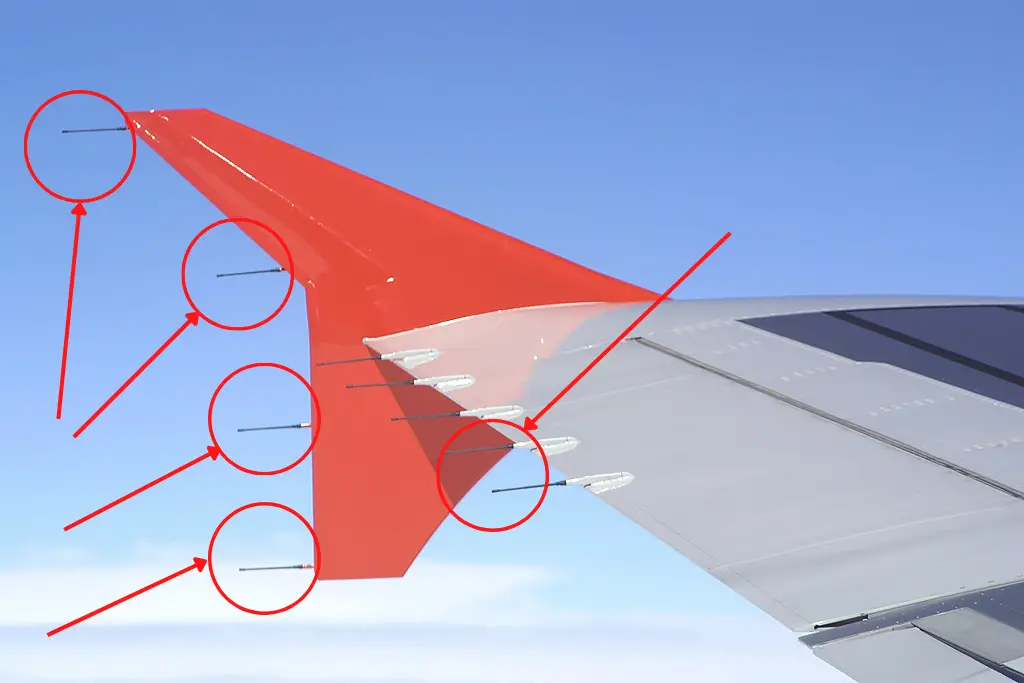






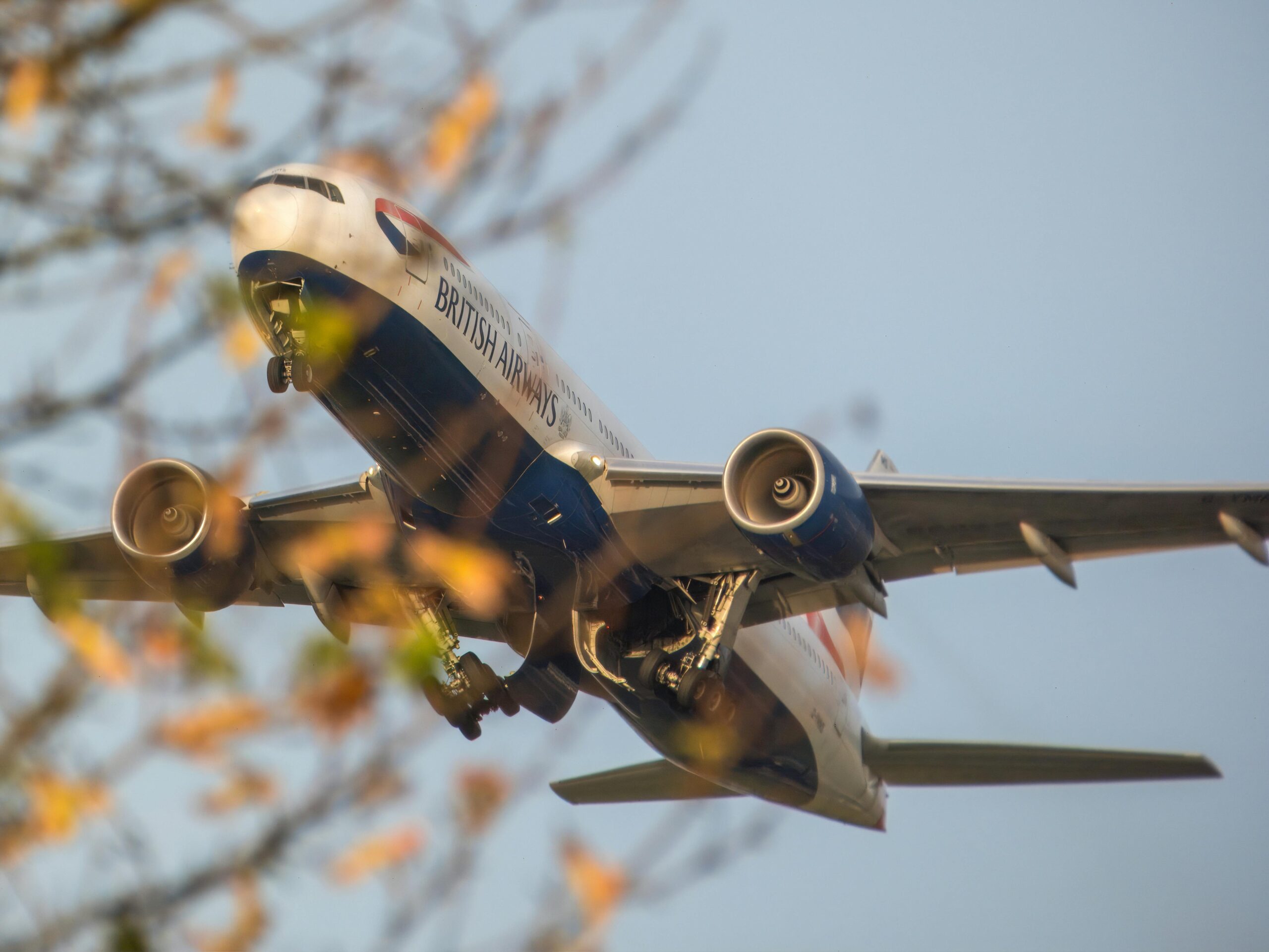


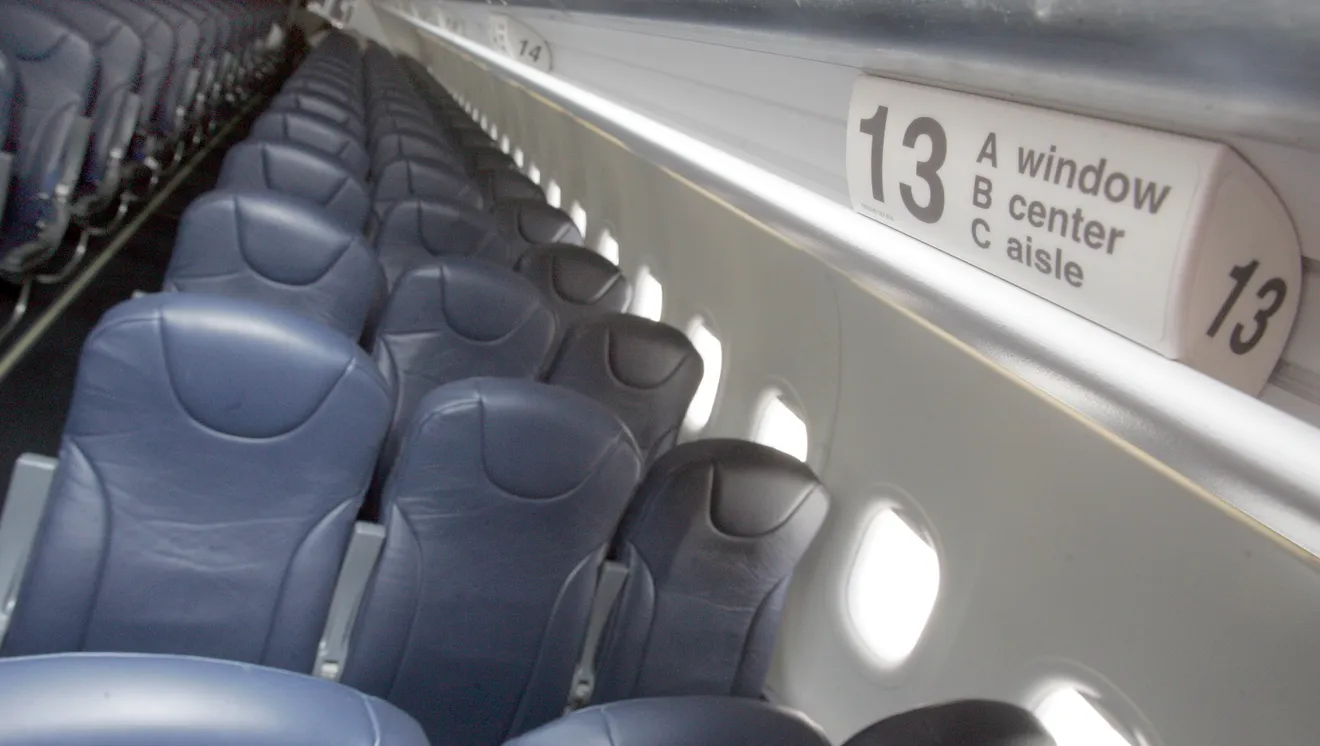

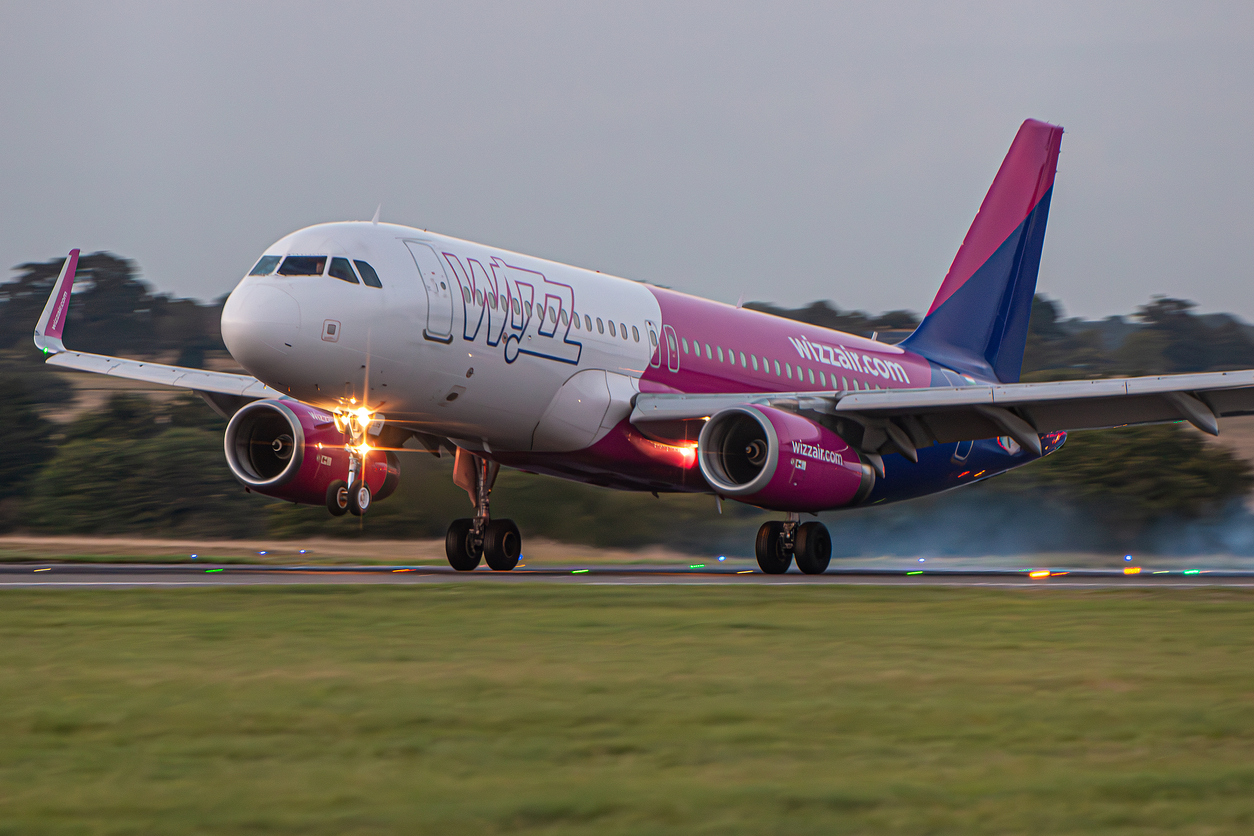
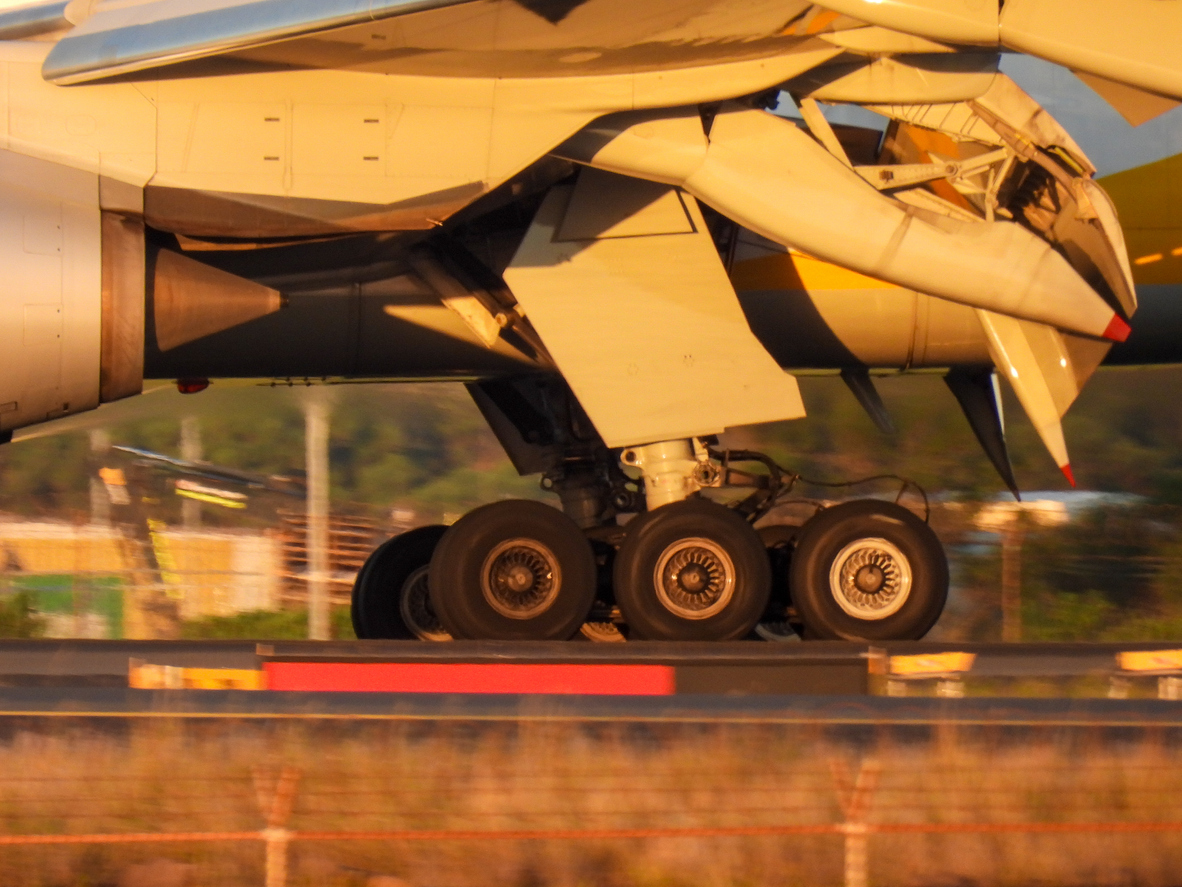


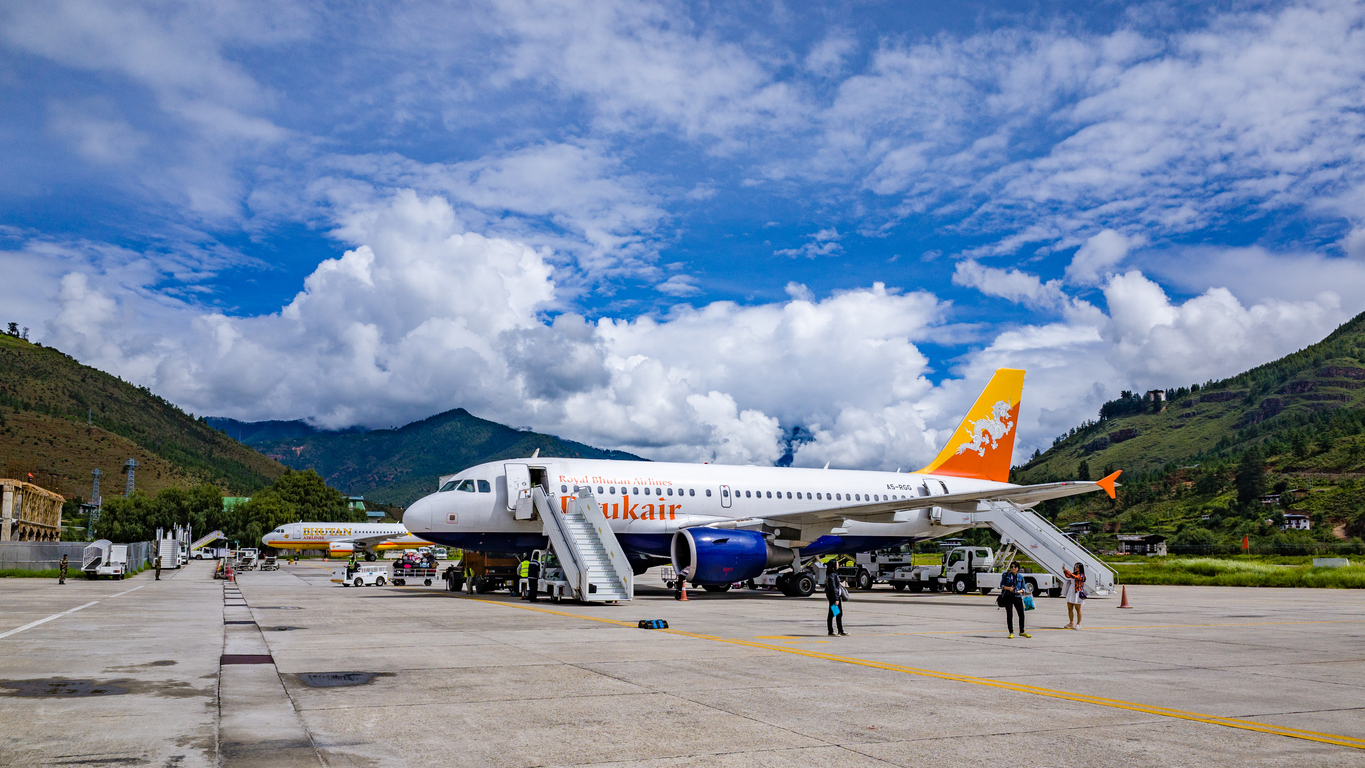
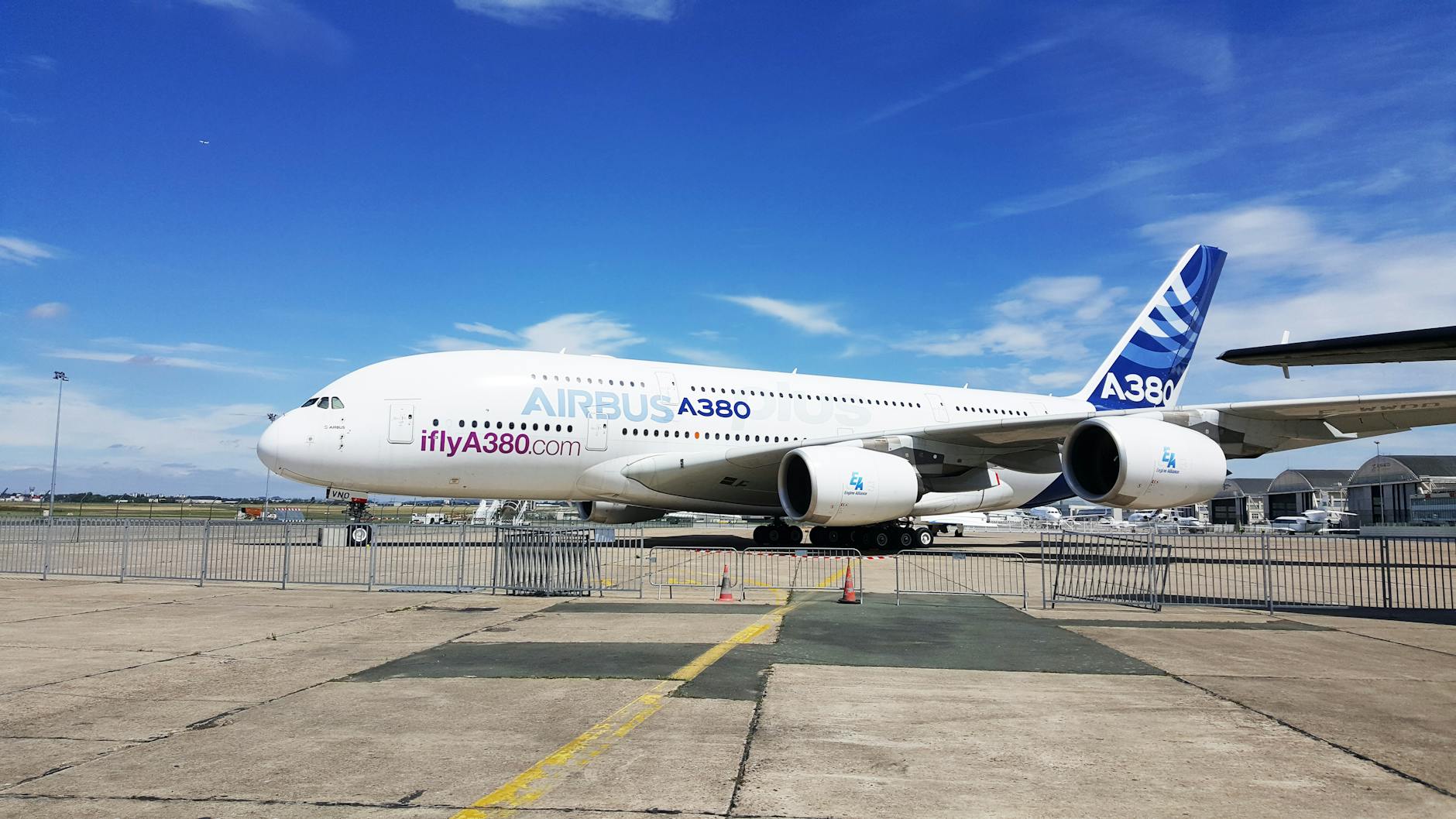

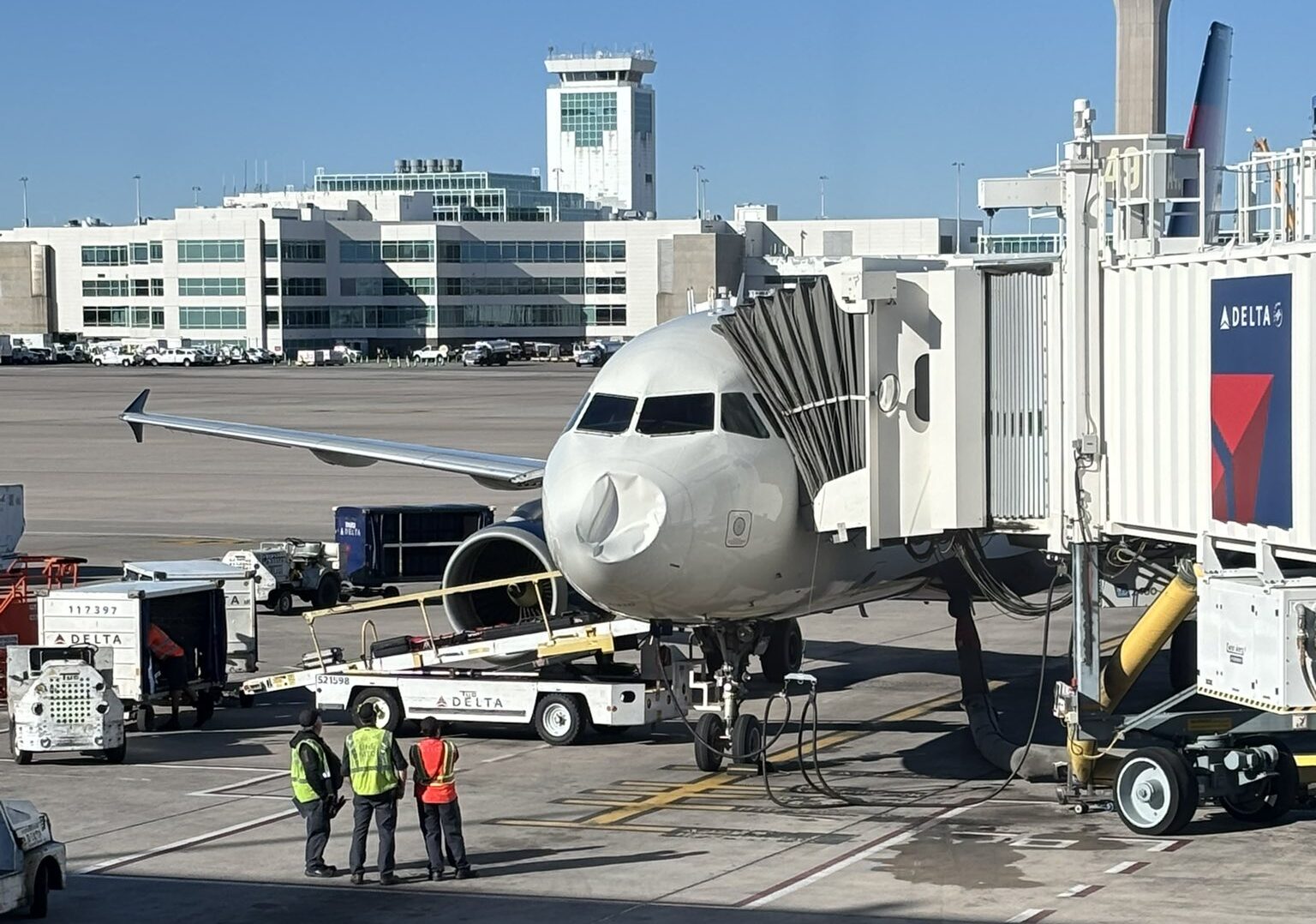

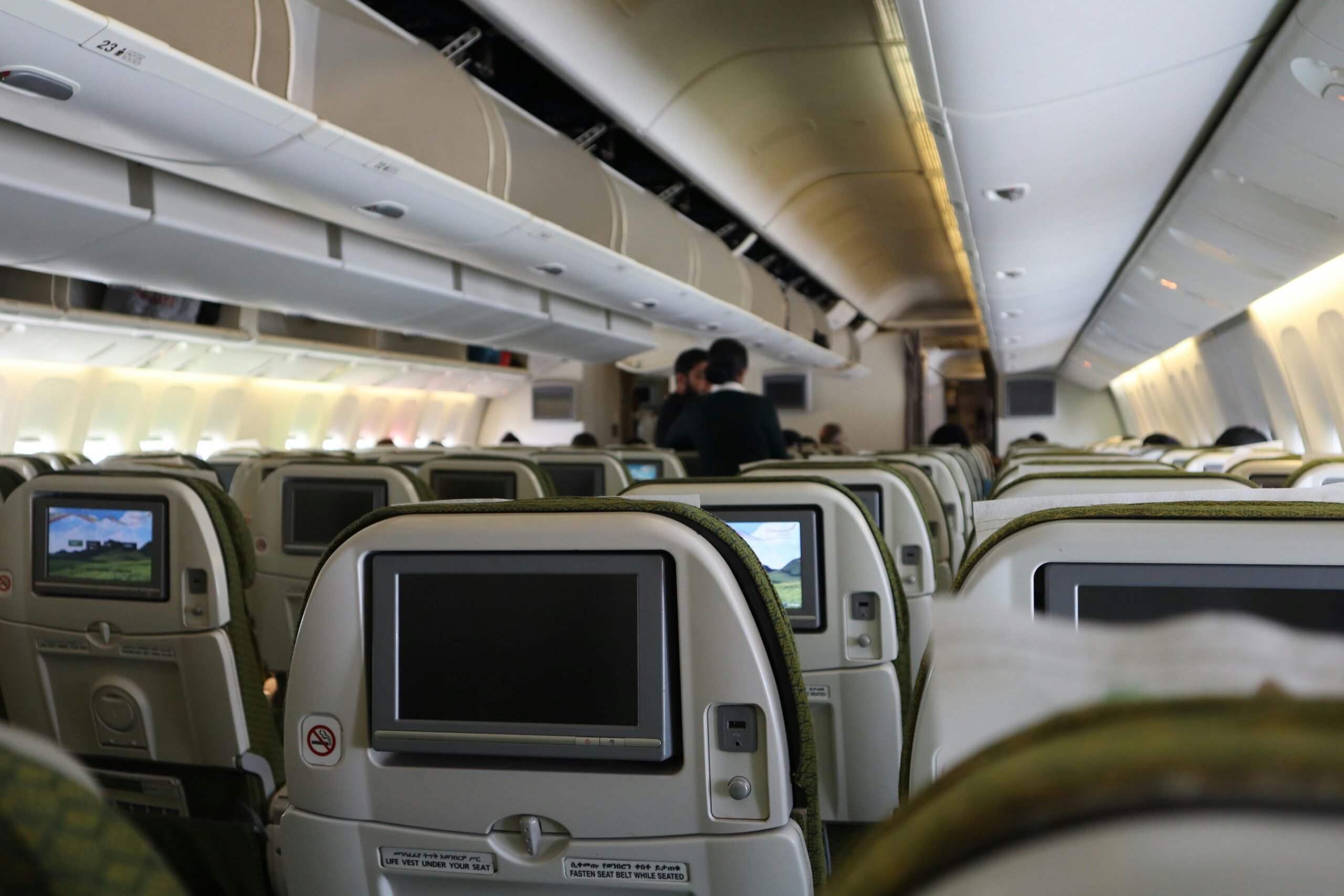
Selvaragu Santhimuthu
Thank you for adding my knowledge on aircrafts and the airlines on the whole.